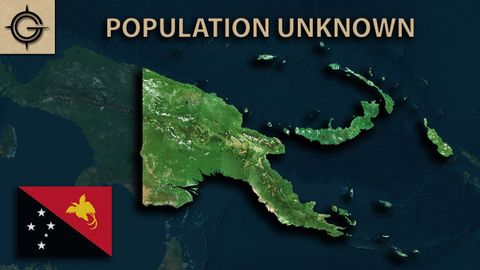パプアニューギニアの地理:世界で最も興味深い国? (Geography of Papua New Guinea: The Most Interesting Country in the World?)
VoiceTube が 2024 年 05 月 31 日 に投稿  この条件に一致する単語はありません
この条件に一致する単語はありませんUS /sɪɡˈnɪfɪkənt/
・
UK /sɪgˈnɪfɪkənt/
US /ˈrek.əɡ.naɪz/
・
UK /ˈrek.əɡ.naɪz/
- v.t.(~が本当であると)認める : 受け入れる;(重要性を)認める;法的権威を尊重する;公にその人の貢献を称賛する;認識する、認知する
US /məˈdʒɔrɪti, -ˈdʒɑr-/
・
UK /mə'dʒɒrətɪ/
US /ˈpræktɪs/
・
UK /'præktɪs/
- n.仕事;練習すること;慣習
- v.t./i.開業;従う;練習する;実践する
エネルギーを使用
すべての単語を解除
発音・解説・フィルター機能を解除
